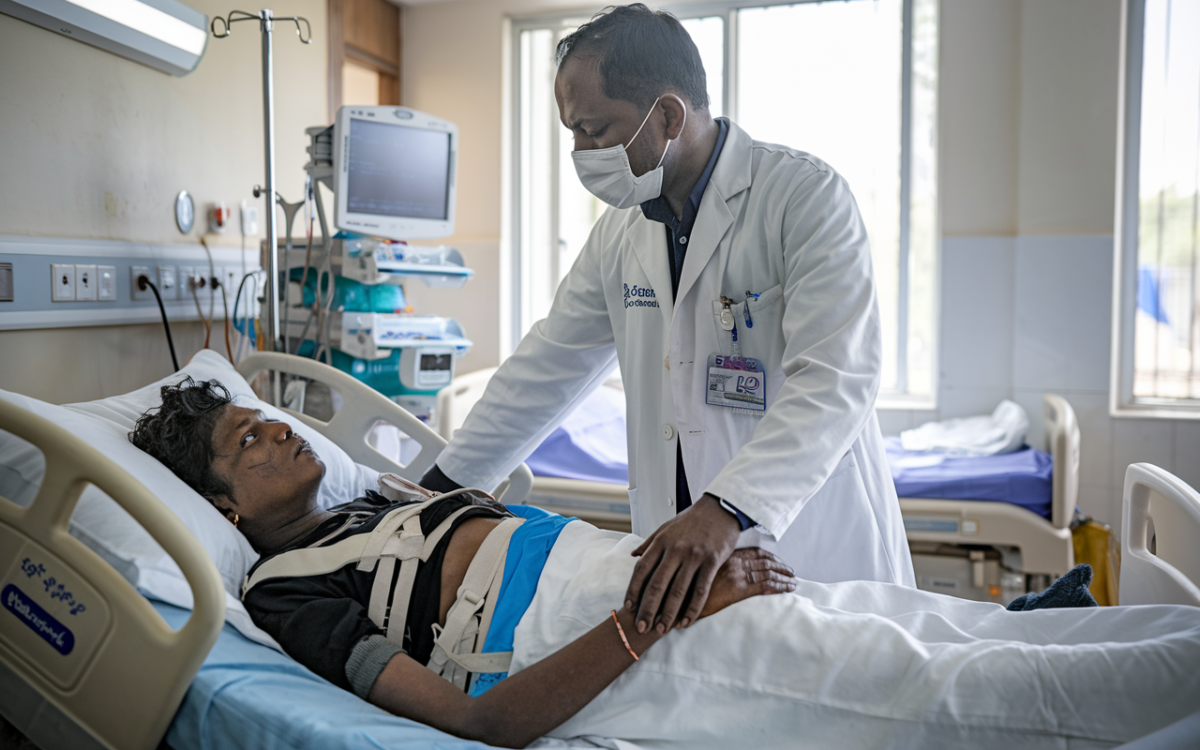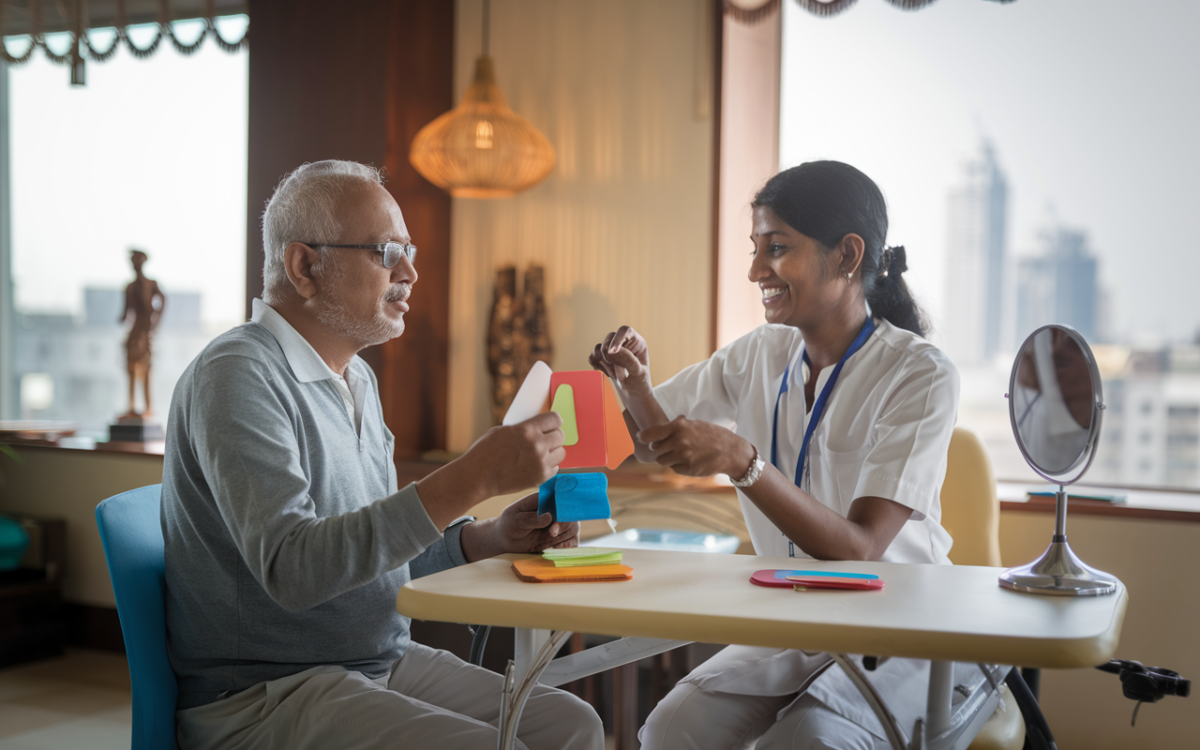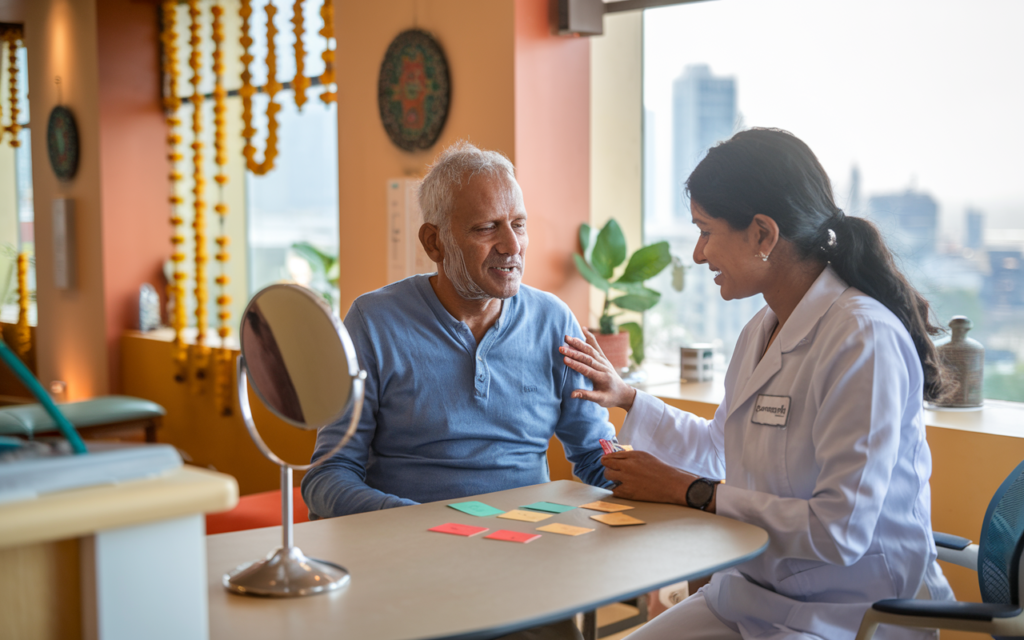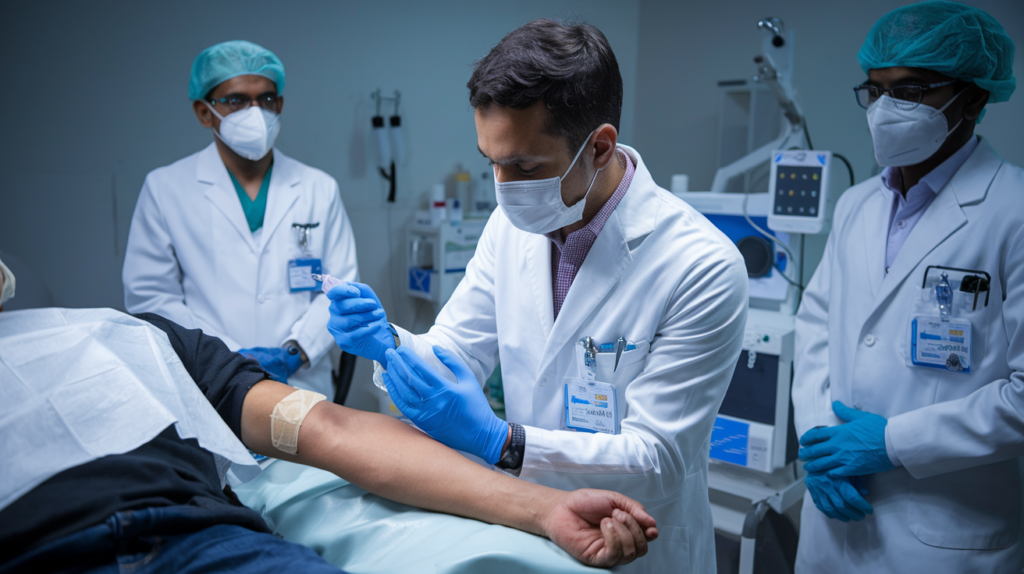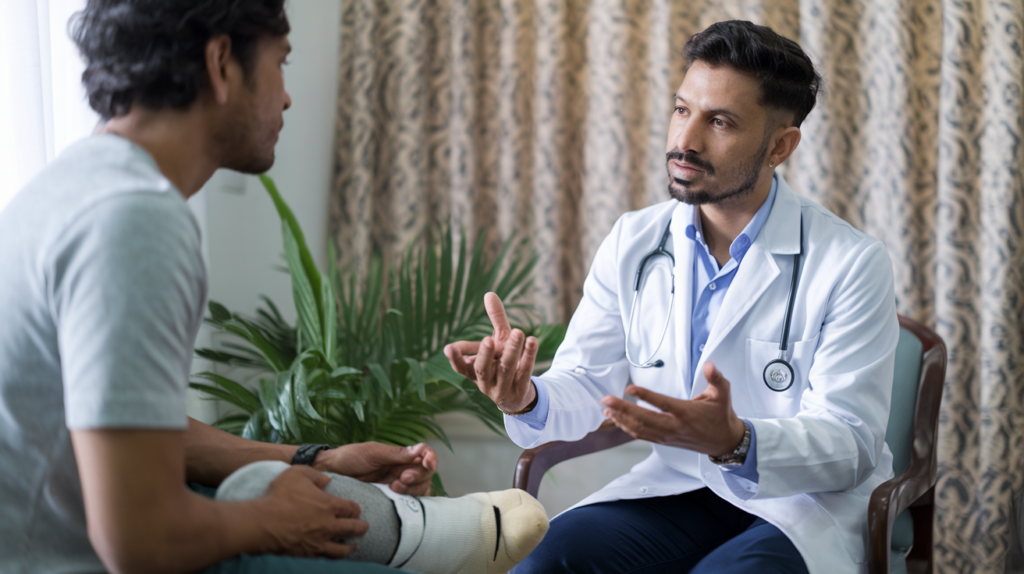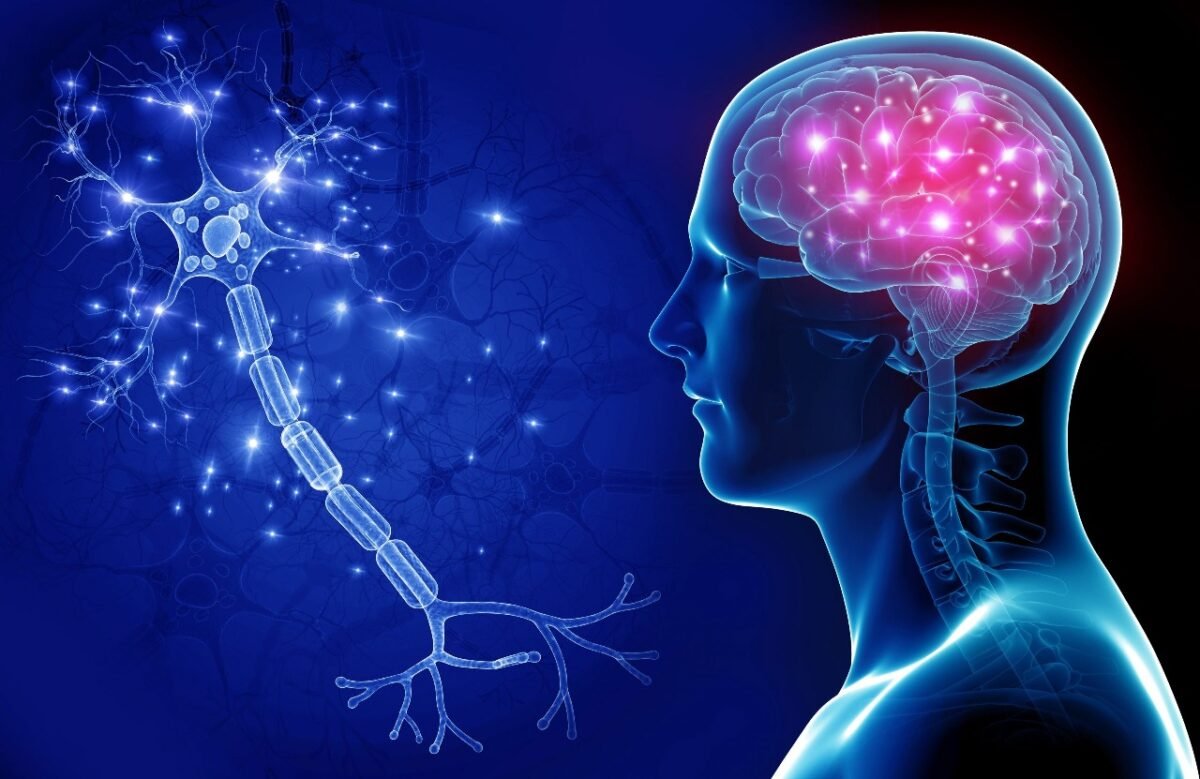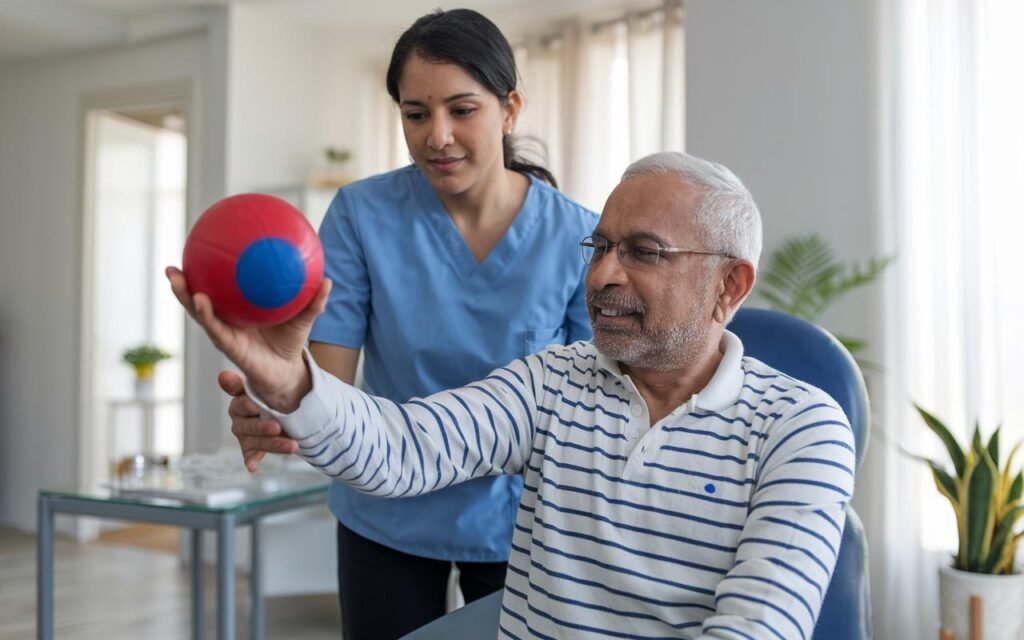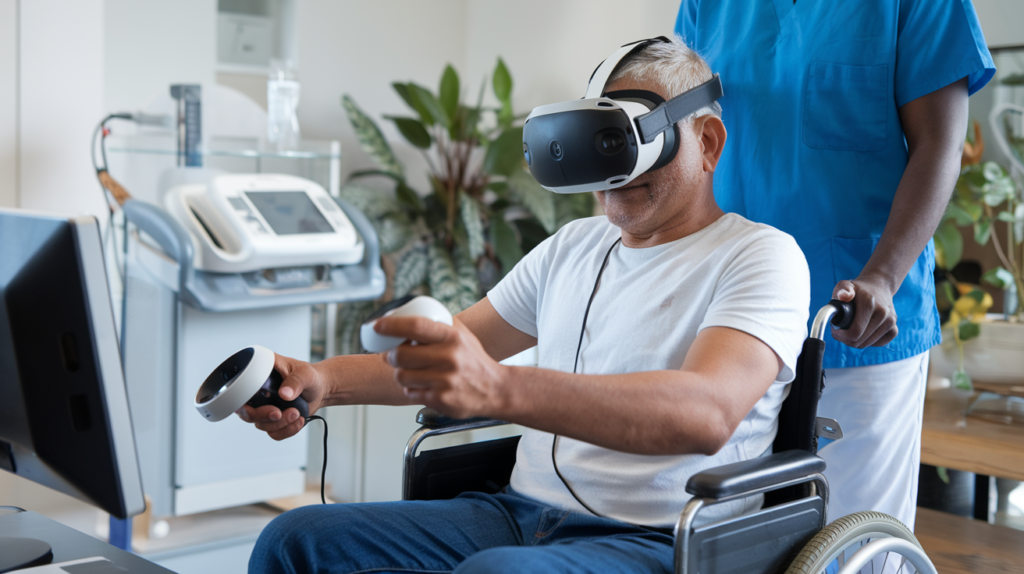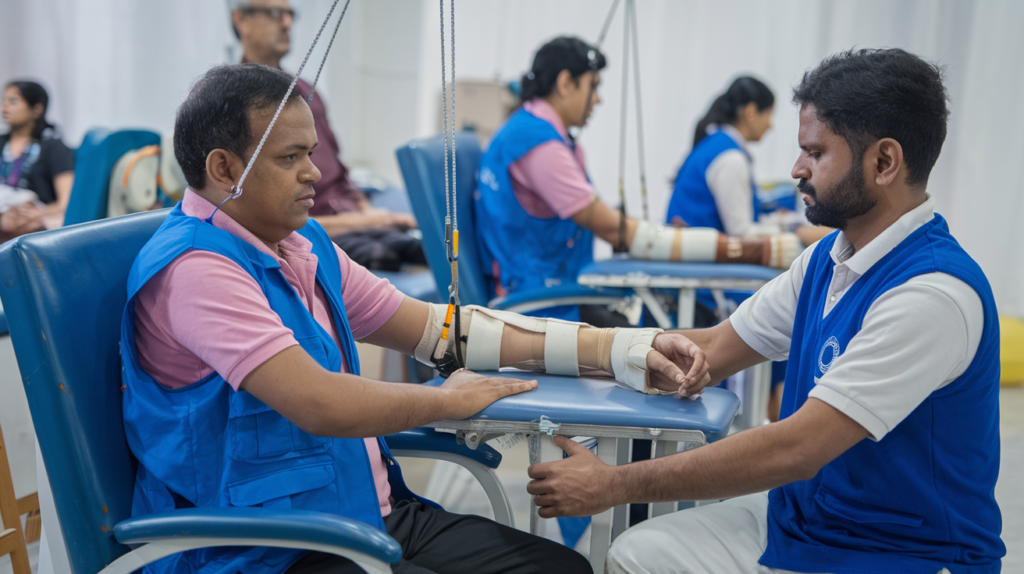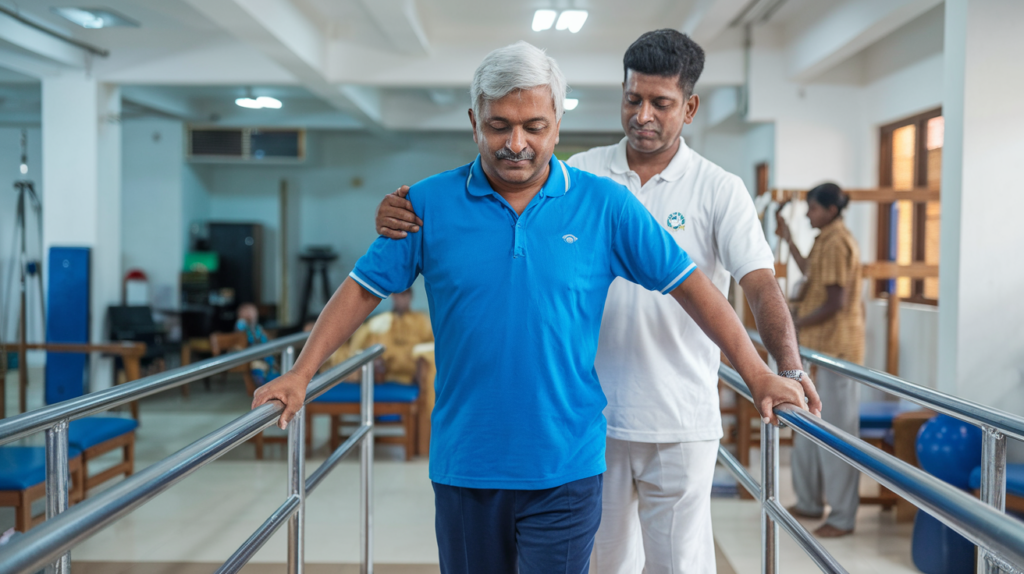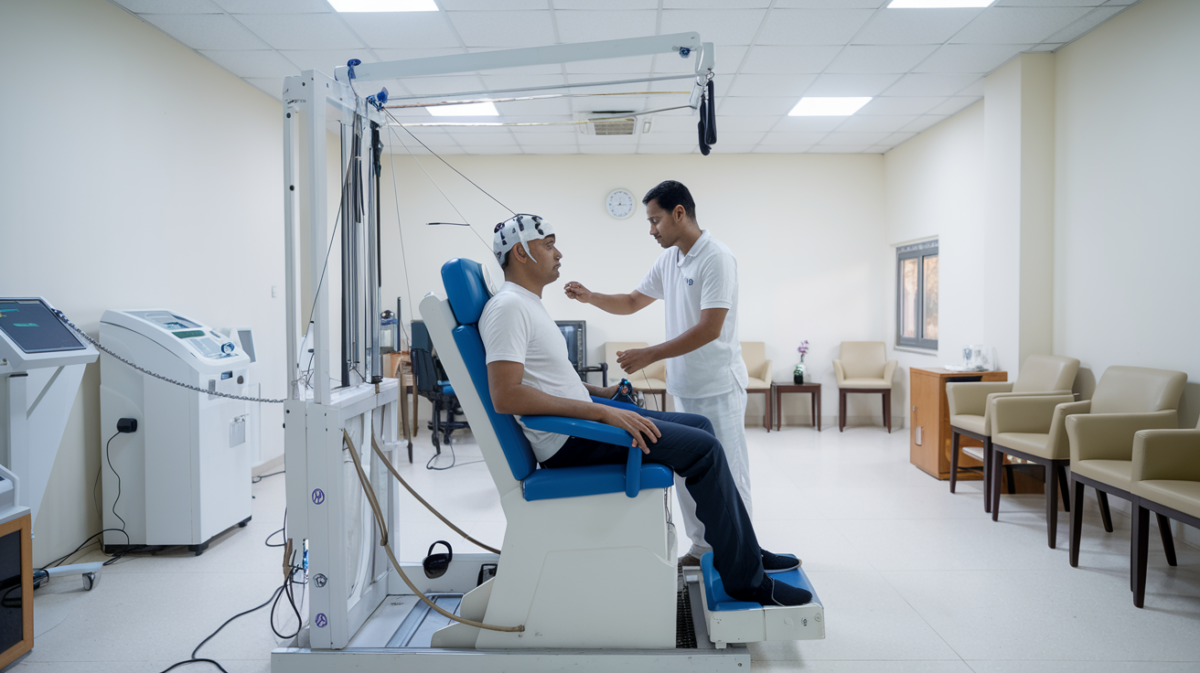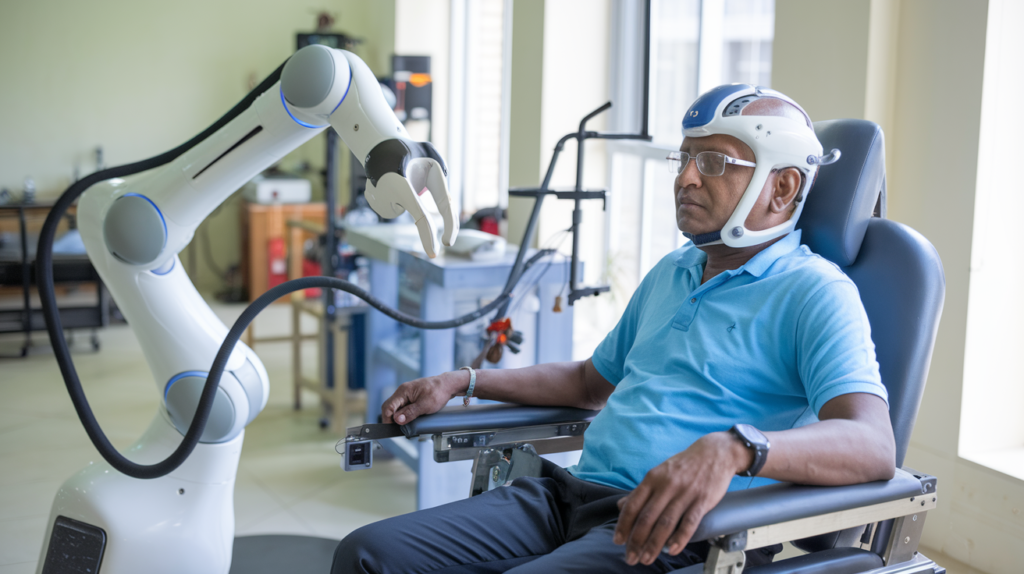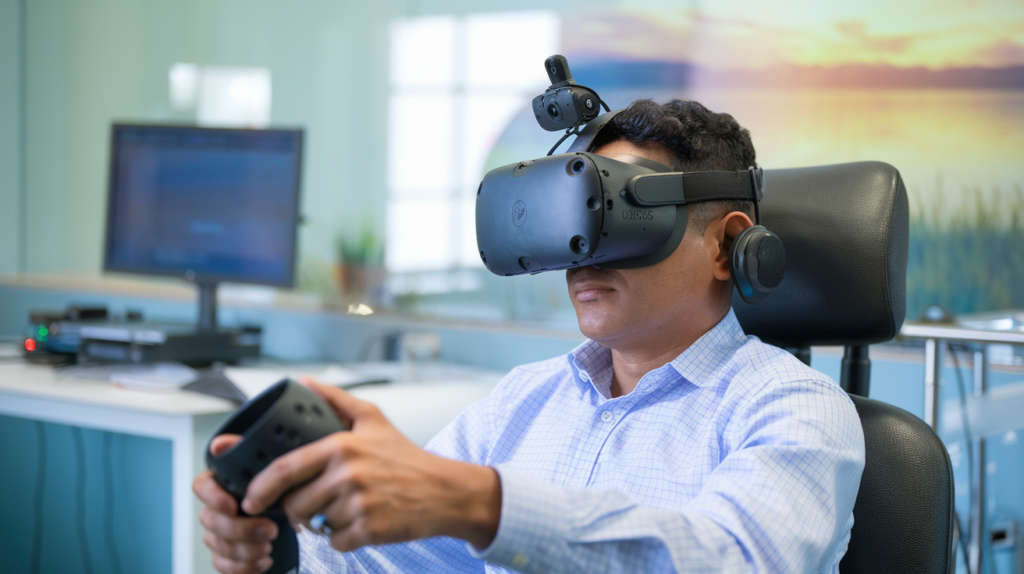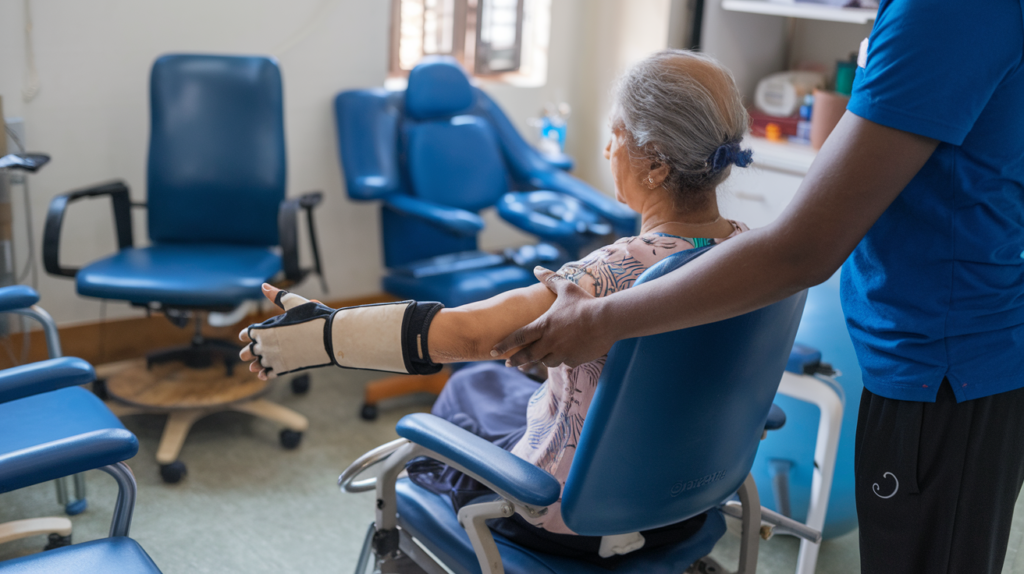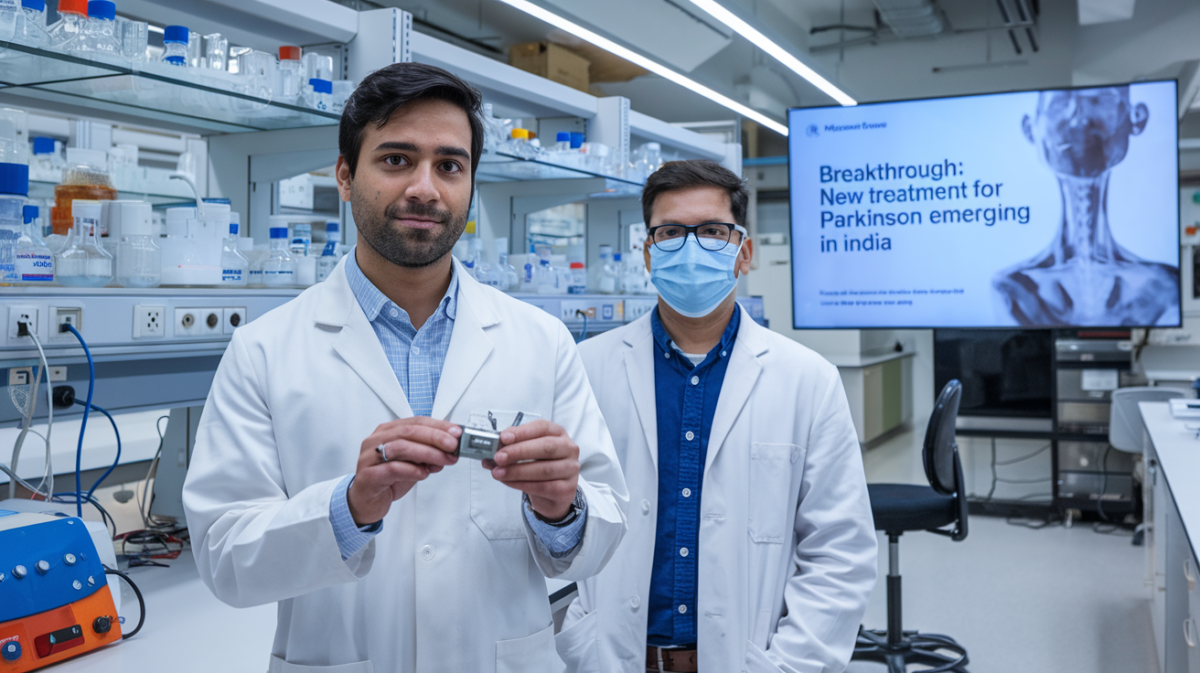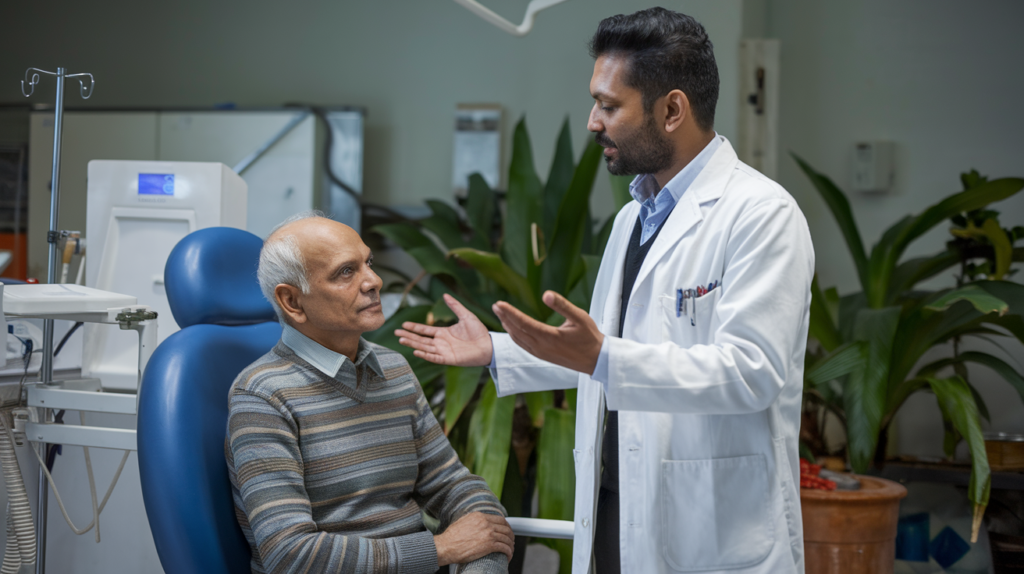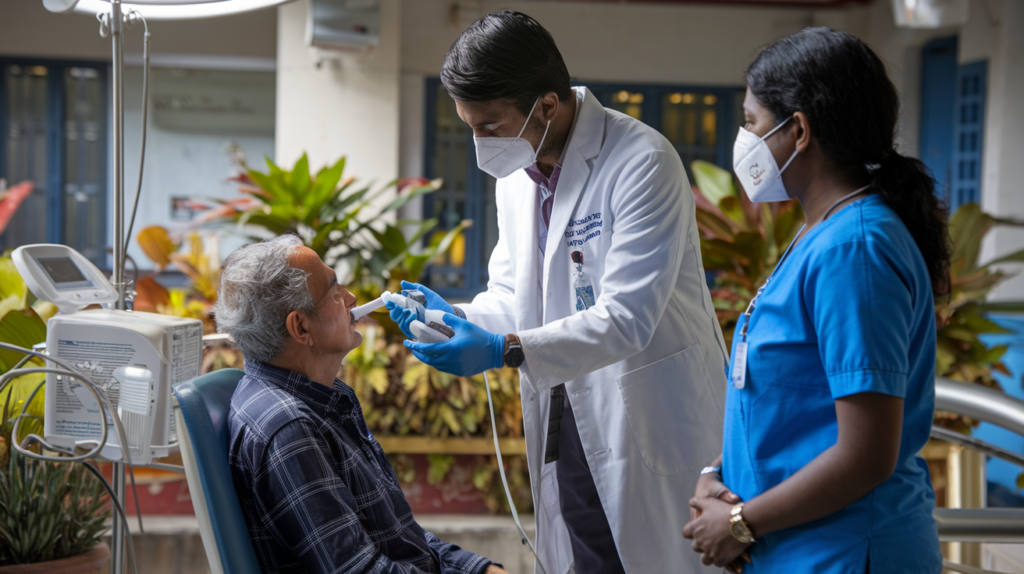Spinal injury treatment is no longer a distant hope but a rapidly evolving field offering life-changing solutions. With over 20,000 new cases reported annually in India, spinal cord injuries (SCIs) shatter lives, leaving families grappling with physical, emotional, and financial strain. But groundbreaking advancements—from stem cell therapy to robotic rehabilitation—are rewriting recovery stories. This blog uncovers the most effective, evidence-based treatments available today, tailored for India’s unique healthcare landscape.
Understanding Spinal Injury Treatment: A Multidisciplinary Approach
Spinal injury treatment requires urgent and coordinated care to prevent irreversible damage. The best outcomes arise from combining emergency interventions, advanced therapies, and long-term rehabilitation. Let’s break down the proven strategies:
1. Emergency Care: The Critical First 24 Hours
The initial hours post-injury determine lifelong outcomes. Key steps include:
- Immobilization: Rigid braces or cervical collars stabilize the spine, reducing further harm.
- Surgery: Surgeons remove bone fragments or herniated discs compressing the spinal cord. Early decompression surgery within 24 hours improves mobility outcomes by 20–30% (Journal of Neurosurgery, 2023).
- Controversial Steroids: While methylprednisolone was once standard, recent studies link it to blood clots and infections, leading many hospitals to abandon its routine use (New England Journal of Medicine, 2024).
2. Surgical Innovations Saving Nerve Function
Modern spinal injury treatment relies heavily on precision surgery:
- Stem Cell Transplants: Mesenchymal stem cells (MSCs) injected into injury sites regenerate neurons and reduce inflammation. Indian trials show 40–50% of patients regain partial limb movement within 6 months (All India Institute of Medical Sciences, 2023).
- Nerve Grafting: Olfactory ensheathing cells (OECs) from the nasal cavity are transplanted to bridge spinal cord gaps, enabling nerve signal transmission (Lancet Neurology, 2024).
3. Medications for Spinal Injury Treatment to Tackle Secondary Damage
Drugs play a supportive role in spinal injury treatment:
- Pain Management: Gabapentin and pregabalin reduce nerve pain, while antidepressants like amitriptyline address chronic discomfort (Indian Journal of Pharmacology, 2023).
- Neuroprotectors: Docosahexaenoic acid (DHA) shields surviving nerves from inflammation, preserving motor function (Spinal Cord Journal, 2024).
- Anti-Spasticity Drugs: Baclofen and tizanidine relax stiff muscles, improving mobility (World Health Organization, 2023).
4. Rehabilitation: Where Recovery Takes Shape
Rehab is the cornerstone of spinal injury treatment. Key methods include:
Physical Therapy
| Method | Impact | Evidence |
|---|---|---|
| Treadmill training | Restores walking ability in 90% of partial SCIs | Study on 200 patients, Indian Journal of Physical Medicine (2023) |
| Hydrotherapy | Reduces muscle spasms by 60% | Clinical trial, National Institute of Rehabilitation (2024) |
| Electrical stimulation | Boosts leg strength by 30–40% | Research published in Frontiers in Neurology (2023) |
Occupational Therapy
- Adaptive tools like grip aids and voice-controlled devices restore independence in daily tasks (Indian Occupational Therapy Association, 2023).
Psychological Support
- Cognitive-behavioral therapy (CBT) cuts depression rates by half in SCI patients (Journal of Clinical Psychology, 2024).
5. Stem Cell Therapy: India’s Leading Hope
India’s stem cell research is at the forefront of spinal injury treatment:
- How It Works: MSCs injected intravenously migrate to injury sites, releasing growth factors that repair neurons and blood vessels.
- Success Rates: 65% of patients report improved bladder control and sensation within a year (Stem Cells Translational Medicine, 2023).
- Challenges: High costs (₹5–10 lakhs) and regulatory hurdles limit accessibility.
6. Emerging Technologies Redefining Recovery
- Exoskeletons: Wearable robots enable paraplegics to walk, with trials in Mumbai showing 80% user satisfaction (Indian Journal of Biomechanics, 2024).
- Epidural Stimulation: Implanted electrodes reactivate spinal nerves, allowing paralyzed patients to stand (Nature Medicine, 2023).
- Nanobots: Tiny robots deliver drugs directly to damaged nerves, accelerating repair in animal studies (Science Translational Medicine, 2024).
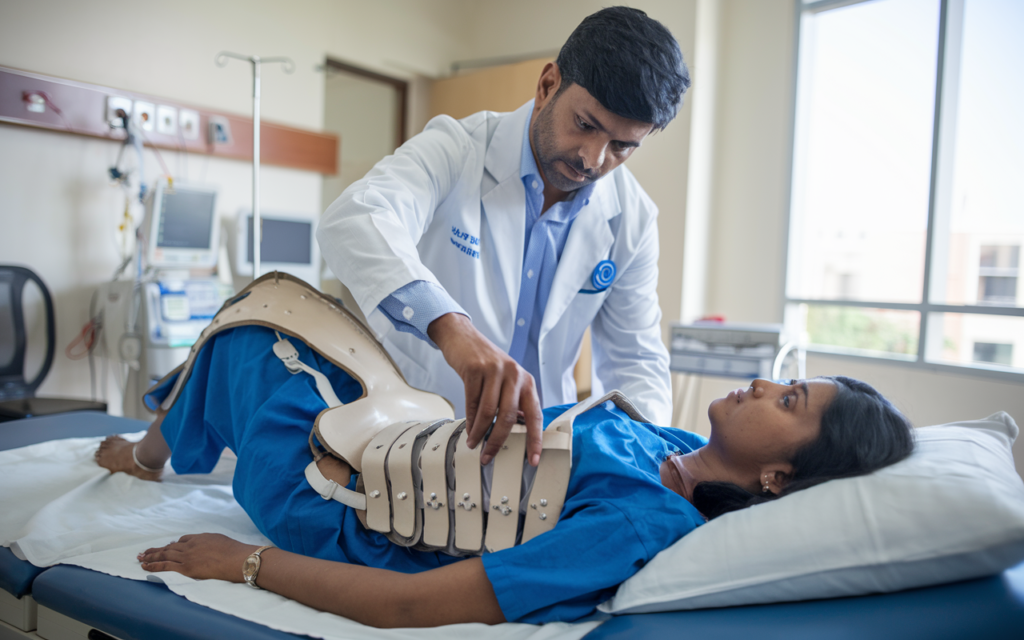
The Road Ahead: Accessibility and Awareness for Spinal Injury Treatment in India
Despite progress, spinal injury treatment remains inaccessible to many due to:
- Cost Barriers: Advanced therapies like stem cells or exoskeletons cost ₹3–15 lakhs, unaffordable for most.
- Urban-Rural Divide: Only 12% of rehab centers are in rural areas, where 70% of SCIs occur (National Health Portal India, 2023).
- Myths: Misconceptions about “miracle cures” delay evidence-based care.
Grassroots Solutions
- Government schemes like the Rights of Persons with Disabilities Act mandate free rehab services.
- NGOs provide low-cost physiotherapy and peer counseling in states like Kerala and Maharashtra (Ministry of Social Justice, 2023).
Final Thoughts: A Future Beyond Paralysis
Spinal injury treatment has moved from managing disability to restoring function. While challenges persist, India’s blend of cutting-edge science and community-driven care offers tangible hope. By staying informed and advocating for equitable access, patients and families can navigate this journey with resilience.
Seek support from a leading rehabilitation center to navigate the challenges of spinal cord injury effectively


